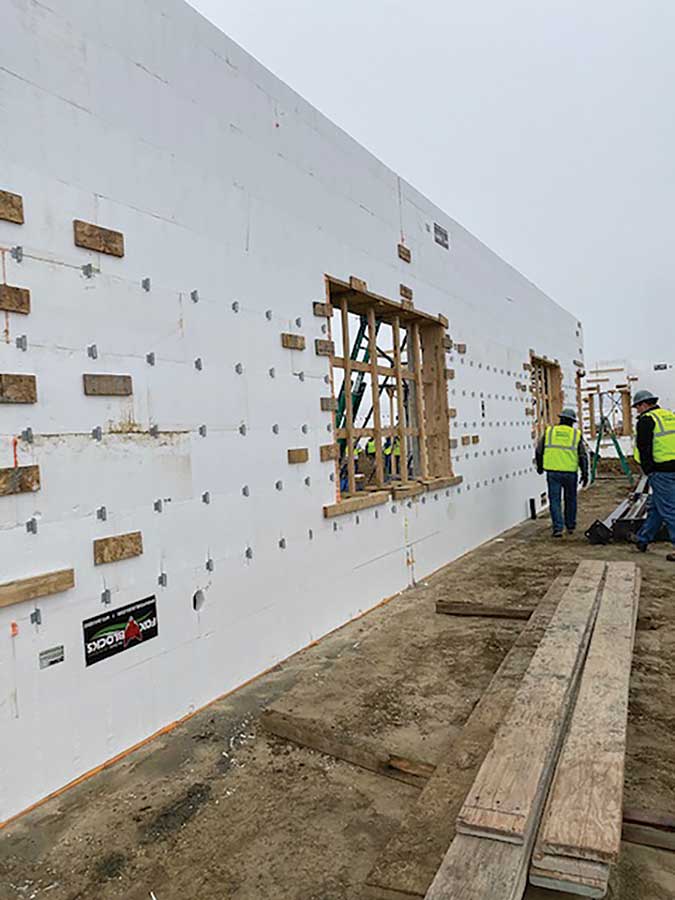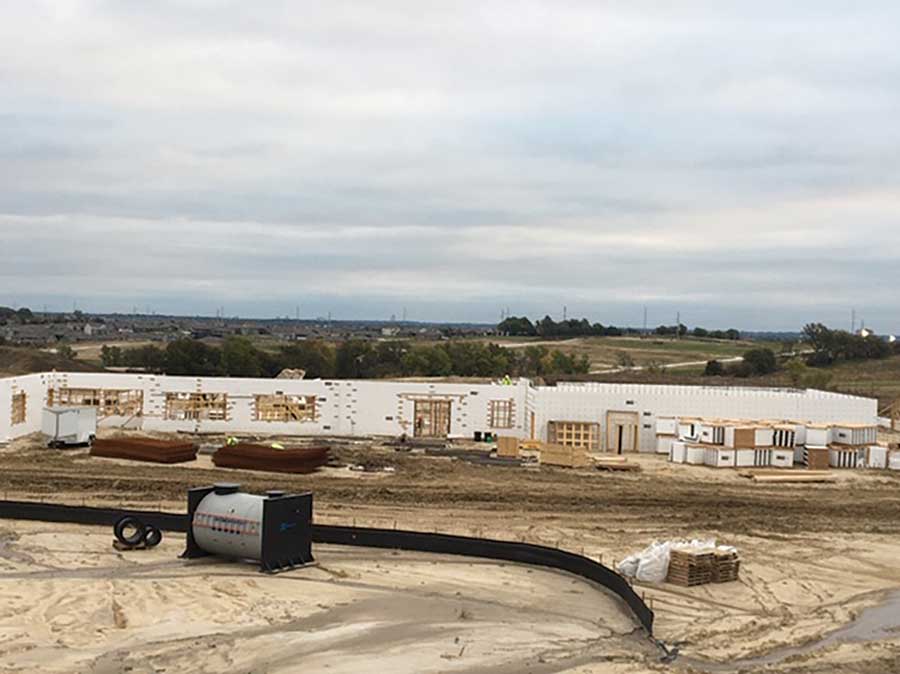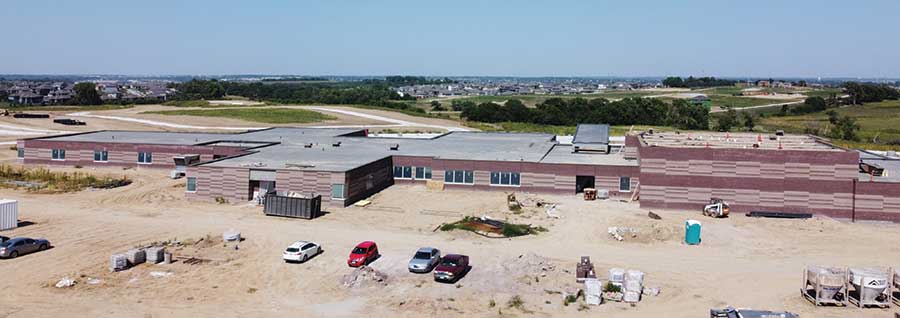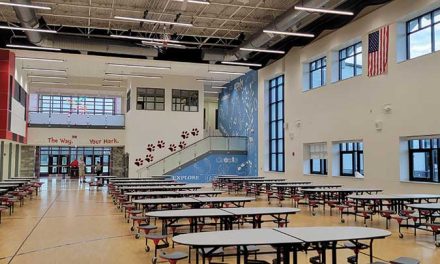By Vanessa Salvia
For any contractors just getting into ICFs, or for those who are seeking to gain more clients, the Build With Strength program is one to know about. Build With Strength (www.buildwithstrength) is a coalition of architects, builders, engineers, emergency services personnel, and policymakers backed by the National Ready Mixed Concrete Association (NRMCA). Its purpose is to communicate the benefits of concrete through four major fronts:
- research and innovation to make concrete more green
- advocacy in the form of including concrete in national and international structural codes, energy codes, fire codes, green building codes, acoustics, and resilience
- education and training for builders, contractors, developers, and architects
- project promotion
Lionel Lemay, executive VP of structures and sustainability for the NRMCA, says that the NRMCA and BWS have a fairly robust state and local advocacy effort. Nearly every state has a concrete association that BWS or NRMCA are partners with. “We work on all sorts of different legislation, like embodied carbon legislation that requires material manufacturers to meet a certain embodied carbon level,” he says. “We are working hard at the state and local legislative levels to make sure that legislation is done right.”

In 2019, a Build With Strength seminar in Nebraska helped encourage the construction of an ICF elementary school, shown here and above, built with Fox Blocks.
Their educational efforts include (when possible) round table discussions and site tour events with a classroom component. “Usually we’re able to have the developer, the owner, the architect, or engineer talk about why they’ve selected concrete, and in particular ICFs, to build with,” says Lemay.
Concrete innovation is centered around the goal of reducing the carbon footprint of concrete. (See the “Reducing Concrete’s Carbon Footprint” article in ICF Builder’s May/June 2021 issue for more about this.) That effort is focused around specifying sustainable concrete, the building’s lifecycle, and related topics.
Project Promotion
The project promotion strategy is the one builders and installers can benefit from most directly. “We’re interfacing,” explains Lemay. “We have a team of promoters around the country who interface with developers, architects, engineers, and contractors to look at a project and we offer a concrete solution.” Most of the time, the solution that best fits the project is an ICF solution. Most of the time, says Lemay, developers care only about first costs. BWS is able to help them visualize first costs, operating costs, operating income, sustainability, and how ICF compares over the life of the building to non-ICF projects.
“We do a cost estimate and compare the proposed design, which is often wood or steel, and then a concrete solution based on energy savings, on turnover because of noise, savings on insurance, and other things to make people aware that you have better operating income with a concrete building,” he says. “That’s a big tool that we use to demonstrate the benefits of concrete.”
Jeff Mulder, promotions director of the Nebraska Concrete & Aggregates Association (NCAA) and a state affiliate of BWS in Nebraska, says BWS’s promotion resources have helped him generate more mainstream exposure about ICFs. “We are doing a Habitat for Humanity house in Lincoln,” says Mulder. “We had our first ICF school built last year and a church, and have quite a few new projects planned this year, as well as my own house this spring.” The ICF school came about directly as a result of his collaboration with BWS. Nebraska is ripe for more ICF structures due to concerns over severe weather like tornadoes.

This ICF school in Nebraska came about in large part due to a Build With Strength YouTube video that Jeff Mulder, promotions director of the Nebraska Concrete & Aggregates Association (NCAA) and a state affiliate of BWS in Nebraska, sent to the superintendent of schools.
“Nebraska has as much reason to build ICF homes as coastal states that worry about hurricanes,” Mulder says. “When you add in the increase in lumber costs and other issues, it just makes the most sense.”
In 2019, Mulder and the NRMCA helped coordinate a Build With Strength seminar on Insulated Concrete Forms in the new Asbury Hills Elementary School in Papillion, Nebraska, built with Fox Blocks. Afterwards, Mulder said the NCAA and the Iowa Ready Mixed Concrete Association received phone calls after the presentation from schools that wanted more information on ICFs. That school build came to be in large part due to a BWS YouTube video that Mulder sent to the superintendent of schools. Mulder says his son plays high school basketball, and at the next basketball game, the superintendent showed up and asked to talk more about it.
“They’ve supplied a lot of different webinars and educational materials that we have shared with architects and decision makers to give them information on many different angles,” says Mulder. “The resources and the training they provide are really good.”
Mulder is a big picture thinker. Right now he’s working with BWS to develop signage that can be seen from the street that indicates the school, and other future projects, are being built with ICFs. He also envisions a sign in the front yard of any ICF home project telling passersby a little about the project.
In addition, there is free access to a plethora of case studies, educational materials, and articles through the Build With Strength website. The content includes information from an architect’s perspective on using ICFs, PDFs on the environmental impacts of building materials, and case studies on topics like building K-12 schools or senior centers out of ICFs.













